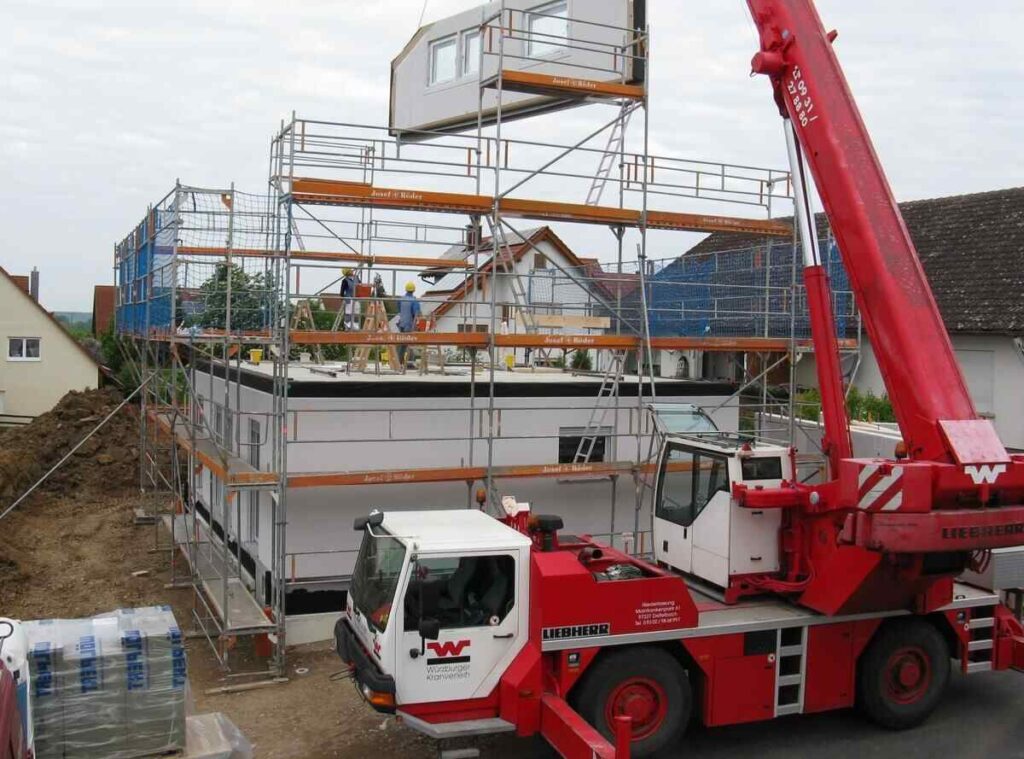
Navigating Success: The Essentials of Construction Equipment Transport
In the realm of construction, the seamless movement of heavy machinery from one site to another is pivotal for project efficiency and success. Construction equipment transport is a specialized undertaking that requires meticulous planning, adherence to safety standards, and a reliable logistics strategy. This article delves into the intricacies of construction equipment transport, exploring key considerations, best practices, and the role of machinery freight in ensuring the smooth flow of operations.
I. Understanding the Importance of Efficient Transport
- Project Timelines and Efficiency:
- Critical Path Analysis: Construction projects often operate on tight schedules, and delays in equipment transport can disrupt the critical path.
- Maximizing Uptime: Efficient transport ensures that machinery is ready for operation at the new site promptly, maximizing overall project uptime.
- Cost Optimization:
- Minimizing Downtime Costs: Delays in equipment transport can result in additional costs due to idle manpower and project delays.
- Strategic Planning: A well-executed transport plan minimizes costs associated with fuel, labor, and potential equipment wear and tear.

II. Key Considerations in Construction Equipment Transport
- Equipment Size and Weight:
- Specialized Transport: Oversized or exceptionally heavy equipment may require specialized transport vehicles, such as flatbeds or low-loaders.
- Permitting Requirements: Compliance with state and federal permitting regulations is crucial for transporting large machinery legally and safely.
- Route Planning and Site Accessibility:
- Terrain Considerations: Assessing the terrain along the transport route is essential to anticipate and mitigate challenges.
- Site Access Points: Ensuring that the destination site has appropriate access points for unloading is a critical aspect of transport planning.
III. Ensuring Safety in Equipment Transport
- Secure Loading and Unloading:
- Professional Loading Crews: Trained personnel should handle the loading and unloading of equipment to prevent accidents or damage.
- Use of Ramps and Cranes: Depending on the equipment, utilizing ramps or cranes may be necessary for safe loading and unloading.
- Adherence to Regulations:
- Weight Limits and Regulations: Compliance with weight restrictions and road transport regulations is crucial to avoid legal repercussions.
- Traffic Management: Coordination with local authorities may be necessary to manage traffic during the transport of large equipment.
IV. Machinery Freight: Streamlining Equipment Movement
- Choosing the Right Freight Partner:
- Experience in Heavy Haulage: Selecting a freight partner with experience in transporting heavy machinery is vital for a smooth process.
- Insurance Coverage: Ensuring that the freight company has comprehensive insurance coverage mitigates risks associated with transport.
- Integrated Logistics Solutions:
- End-to-End Services: Some freight companies offer end-to-end logistics solutions, handling everything from loading to unloading at the destination.
- Real-Time Tracking: Utilizing freight companies that provide real-time tracking enhances visibility and allows for proactive issue resolution.
V. Specialized Equipment for Construction Transport
- Flatbed Trailers:
- Versatility: Flatbed trailers are versatile and suitable for transporting a range of construction equipment.
- Securement Measures: Proper securement measures, such as chains and straps, are employed to keep equipment in place during transport.
- Low-Loader Trailers:
- Height Clearance: Low-loader trailers are ideal for tall or oversized equipment, offering better height clearance during transport.
- Ramps for Loading: These trailers often come equipped with ramps, facilitating the loading and unloading of heavy machinery.
VI. Case Studies in Efficient Construction Equipment Transport
- Caterpillar’s Logistics Excellence:
- Global Presence: Caterpillar, a leading construction equipment manufacturer, employs a global logistics network for efficient equipment distribution.
- Customized Solutions: Tailored transport solutions, including machinery freight, contribute to their reputation for timely deliveries.
- John Deere’s Strategic Transport Planning:
- Route Optimization: John Deere emphasizes route optimization for equipment transport, reducing fuel consumption and environmental impact.
- Collaborative Approach: Collaborating with reliable freight partners ensures the safe and timely delivery of heavy machinery.

VII. Future Trends in Construction Equipment Transport
- Technological Integration:
- Telematics and GPS: Integrating telematics and GPS technologies enhances real-time tracking, allowing for more efficient route adjustments.
- Autonomous Transport: The exploration of autonomous transport solutions holds the potential for increased safety and efficiency.
- Green Transport Initiatives:
- Eco-Friendly Transport: The construction industry is increasingly exploring eco-friendly transport options, such as electric or hybrid vehicles.
- Reducing Carbon Footprint: Implementing sustainable transport practices aligns with broader environmental conservation goals.
Paving the Way for Successful Construction Equipment Transport
In the dynamic world of construction, where precision and efficiency reign supreme, the transport of heavy machinery plays a pivotal role in project success. From meticulous planning and adherence to safety standards to the strategic involvement of machinery freight partners, every aspect of the transport process contributes to the seamless flow of construction operations. As the industry continues to evolve, embracing technological advancements and sustainable practices will undoubtedly shape the future landscape of construction equipment transport, ensuring that projects move forward with efficiency, safety, and a commitment to environmental stewardship.